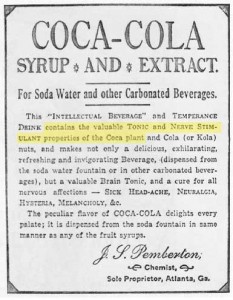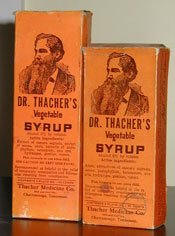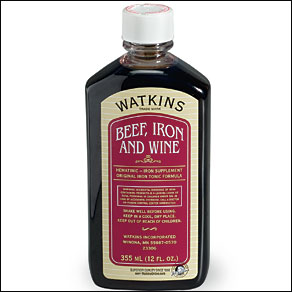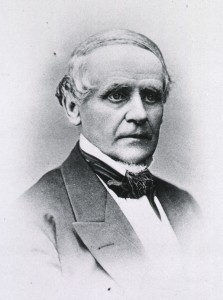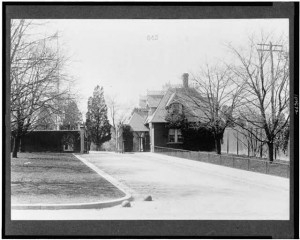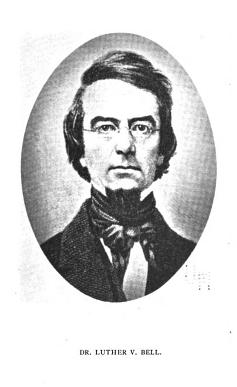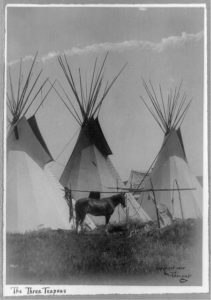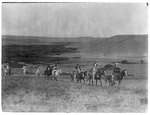When the Canton Asylum for Insane Indians first opened, its medical care was in line with what was available elsewhere in a custodial facility. Many of Canton Asylum’s patients suffered several health issues, along with whatever mental distress they endured. Canton Asylum’s doctor, John F. Turner, was not an alienist (see 3/11/10 and 3/28/10 posts) so he concentrated on addressing physical issues.
He prescribed tonics and restoratives for his patients, and unless he concocted his own, they probably contained a potent dose of alcohol at the very least. Beef and Iron Wine tonic (made from beef juice, iron citrate and medicinal wine) was considered a powerful blood tonic, and may have actually held a bit of nourishment. Other tonics in the early 1900s contained cocaine, opium, herbs and barks, and plenty of alcohol.
The pictures included here are representative only, and not necessarily what Turner gave his patients.
________________________________________________________
